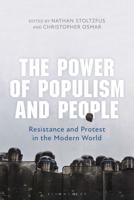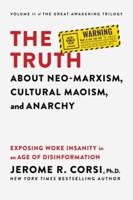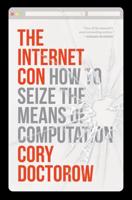Publisher's Synopsis
The United States defines terrorism through the lists it maintains identifying those who are engaged in, support, and/or facilitate terrorism. One such list is the Foreign Terrorist Organization (FTO) list. Because the FTO designation process occurs without the organization's knowledge or ability to challenge the evidence, uses classified information to make the determination, and has limited judicial oversight, concerns have been expressed that the Executive Branch has too much discretion in this process. The concerns are exacerbated by the perception that political motivations dominate the decision-making process. Using content analysis, the FTO list is analyzed using a quantitative and qualitative approach. First, the terrorist designation processes used in allied countries is examined, and the list is analyzed by reviewing FTO decisions made before and after 9/11. Through an analysis of the annual State Department country reports describing the FTOs, the nonstatutory factors that influence FTO decisions emerge, and include whether a group attacked Israel or other allied nation of strategic interest to the United States, attacked the United States or its citizens, or is affiliated with al Qaeda. These nonstatutory factors and their application to U.S. counterterrorism strategy, is how the United States defines terrorism at any point in time.








